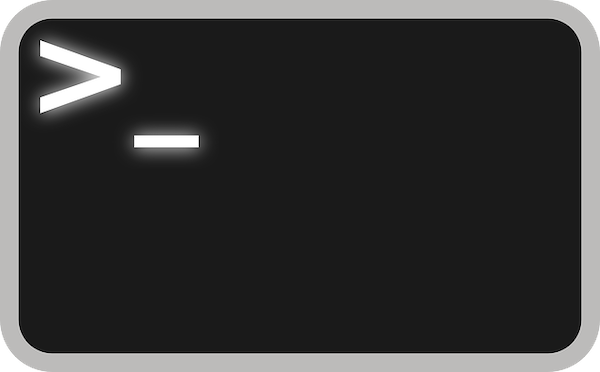Do Not Use The --applicationpath Argument When Creating Install Media For macOS Mojave

Confusion
There is some contradictory information on the Interwebs about creating a bootable USB drive for installing macOS Mojave. The command when upgrading from macOS Sierra or earlier to macOS High Sierra included the --applicationpath argument, and some of the tech sites are still including it in their instructions several hours after the release.
However, if you use this argument when upgrading from macOS High Sierra to macOS Mojave you will receive an error message: "--applicationpath is deprecated in macOS 10.14 and greater. Please remove it from your invocation." But wait, if you are upgrading from macOS Sierra or lower this Apple Support page indicates you should still use the --applicationpath argument when installing macOS Mojave, which seems odd given that it "is deprecated in macOS 10.14 and greater".
Digging Deeper
If you have the macOS Mojave installer downloaded, you can run the following command to see what arguments are available.
/Applications/Install\ macOS\ Mojave.app/Contents/Resources/createinstallmedia
The list does not include --applicationpath, which makes the recommendation to use it when upgrading from macOS Sierra or lower confusing. The arguments available are as follows:
--volume, A path to a volume that can be unmounted and erased to create the install media.
--nointeraction, Erase the disk pointed to by volume without prompting for confirmation.
--downloadassets, Download on-demand assets that may be required for installation.
The Way I Did It
This is the primary takeaway: the command I used to upgrade from macOS High Sierra to macOS Mojave was as follows:
sudo /Applications/Install\ macOS\ Mojave.app/Contents/Resources/createinstallmedia --volume /Volumes/MyVolume --nointeraction --downloadassets
Note that "/MyVolume" at the end of the command above should be replaced with the name of your installation media. Generally this will be "Untitled" if you use Disk Utility to format your thumb drive.
Notes
- This installation was performed on a Late 2017 13" MacBook Pro without Touch Bar shipped with macOS High Sierra.
- I had to try several times to get the installer downloaded once I had already installed macOS Mojave (in order to check what arguments were available when using the createinstallmedia command). Perhaps if you download the installer on macOS Sierra or lower a different version of createinstallmedia is bundled that includes support for the
--applicationpathargument. - As concerns the issues I had re-downloading the installer (dropped downloads, cryptic errors, already up to date messages), once it finally placed the installer in the Application folder it was only 15 MB and not the ~7 GB I was waiting so long to download. I hope these problems were the result of the current load on their servers and/or glitches with the initial rollout. It seems reasonable to expect users may want or need to download the installer even after they have the OS installed.
Disclaimer: using the sudo command improperly can hasten a catastrophe of apocalyptic proportions. In addition, I recommend you visit the Apple Support page linked above rather than copying my command even though I copied it from there myself.